What are the different types of steel?

There is a vast array of different types and grades of steels. Some steels are easily bent, while others are so brittle they shatter. Some rust and others don’t. The huge variety of steels means that they work in many different situations — everything from a surgical scalpel to a skyscraper’s massive metal frame can be made of steel.
Different grades of steel are grouped into the following main types:
Plain carbon steel
Ultra-high carbon steel
Stainless steel
Tool steel
Alloy steel
Plain Carbon Steels
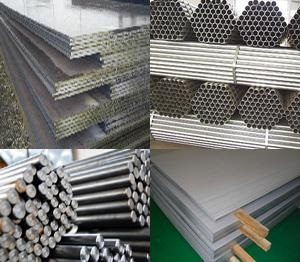
These steels contain carbon as the main alloying element with only small amounts of other elements being added, the main one of which is manganese (up to 0.5%). The higher the carbon content, the stronger the steel.

Plain carbon steels are typically classified into 3 groups:
Low carbon steels
Medium carbon steels
High carbon steels
Low Carbon Steels
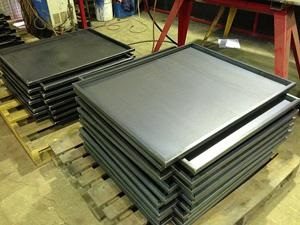
Contain 0.2% or less carbon. They are the most widely used steels as they are easy to form/shape and are ideal for use where high strength is not required. Castings made from steel usually fall into this category.

Low carbon steels are primarily used in the automotive industry for making sheet metal parts/panels, plate steel for welding and fabrication and railway tracks/rails.
Medium Carbon Steels
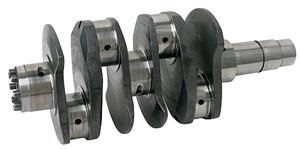
These have between 0.2% and 0.5% carbon content. They are used where higher strength than the low carbon steels is needed. Applications include parts for machinery and engines such as crankshafts and connecting rods for example.
High Carbon Steels

Contain carbon in excess of 0.5%. The steel has higher strength properties than both low and medium carbon steels and is used for making parts that require more stiffness and hardness.
High carbon steels are used for applications in which high strength, hardness and wear-resistance are necessary. Examples of this are springs and parts that need high wear-resistant properties, such as knives, saw blades, gear wheels, chains, cold chisels, wrenches, jaws for vices and pneumatic drill bits to name a few.

Increasing carbon content in steels strengthens and hardens the steel but ductility is reduced making the steel more brittle and less able to bend or ‘give’. In certain load bearing conditions it is more likely to break/snap than lower carbon steels depending upon its application.
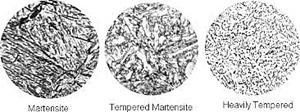
High carbon steels can be heat treated to form martensite (a very hard crystalised structure within the steel) which makes the steel very hard and strong.
Ultra-High Carbon Steels
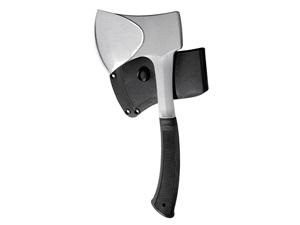
Steels that can be tempered to great hardness. Used for special purposes like (non-industrial-purpose) axes, knives, axles or punches.
Stainless Steels (also known as inox steels)

There are over 150 grades of stainless steel, of which fifteen are most commonly used. This type of steel is used in cookware, cutlery, household hardware, surgical instruments, major appliances, industrial equipment and architecture (buildings).
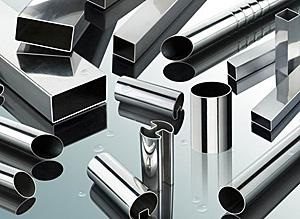
Other uses include: screwdrivers, screwdriver bits, hexagon key sets, chains, hooks, handles, wing nuts, nuts, bolts, hinges and eye bolts. Stainless steel is widely used in the domestic market as well as marine applications and engineering as a whole.
The different types of stainless steel can be categorised under five different types;
Austenitic
Martensitic
Ferritic
Duplex
Precipitation hardening
Austenitic Steel
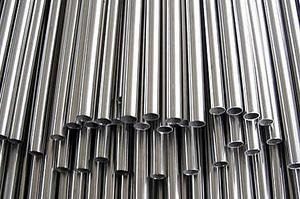
This type of stainless steel is also known as the 300 series. It is extremely versatile and is the most commonly used stainless steel. It has a chromium content of at least 18% and a nickel content of 8% plus. Elements such as manganese and nitrogen are also added.
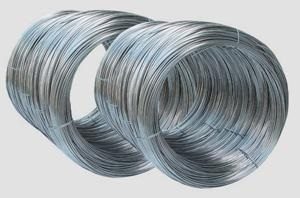
It can be easily drawn into wires and rolled into thin sheets. Due to its high versatility, it accounts for more than 70% of all steel production. Other properties obtained with this type of steel include excellent hygiene properties and good high and low temperatures. This type of steel is widely used in food processing equipment, chemical and plant equipment and kitchen sinks.
Martensitic Steel

This type of stainless steel is used mainly to make cutlery. It has a higher carbon content than most other stainless steels which gives it its high strength and hardness properties. It has a chromium content of approximately 18%.
Molybdenum and nickel are also added elements of martensitic stainless steels. The steel is heat-treated to obtain extra hardness. This type of steel has some magnetic properties.

This grade of stainless steel resists corrosion but is less durable than austenitic stainless steel. Parts manufactured from this type of stainless steel are typically; knife blades, shafts, hand tools (such as pliers), spindles, pins, and surgical instruments.
Ferritic Steel
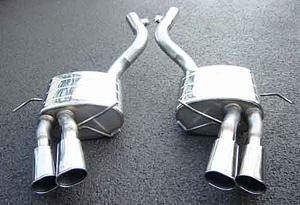
Ferritic and martensitic stainless steel are collectively known as the 400 series. Ferritic stainless steels have very high carbon levels (typically 10.5%) and as much as 27% chromium.
This type of steel is magnetic and is not as ductile as martensitic and austenitic steel. Unlike other types of steel, which become harder after heating, ferritic stainless steels do not. This is because of its high carbon and chromium content resulting in a high hardness and the heat-treating methods do not improve on that.
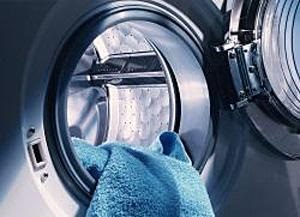
Ferritic stainless steel can be safely used in sea water as it is very highly resistant to corrosion. However, it is generally less durable than austenitic steel. It is widely used for the manufacture of washing machines, boilers, trims for cars and general whitegoods ( fridges, freezers etc.) and exhaust systems.
Duplex Steel

By mixing together the basic components of austenitic and ferritic steel, duplex stainless steel is created. Both types of steel are combined in equal measure and the resulting steel contains a lower amount of nickel but a higher level of chromium. This merges the best of both types, creating a more resistant type of stainless steel with regards to corrosion and enables it to deal with stress far better than each type individually.
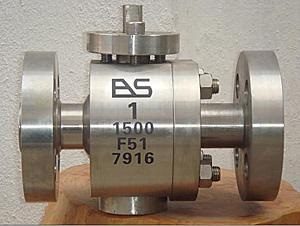
On occasion, duplex stainless steels can display some magnetic properties, usually after welding or when it is shaped from its original form. It is easy to work with, being simple to weld and to form into specific shapes.
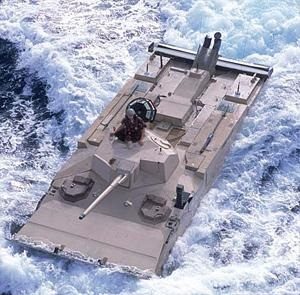
The very best quality stainless steel is actually known as ‘superduplex’. The particular qualities of duplex and super duplex mean that it is highly suited to use in tools or machinery that are to be employed in marine conditions.
Precipitation Hardened Steel

This type of stainless steel is austenitic in nature but then changed by the addition of heat treating. Normal tempering does not provide the sought after hardness levels for certain specific applications, such as underwater marine pumps, so the steel is aged which means that the heat is sustained for several hours upon the steel prior to cooling. Once cooled, it becomes extremely tough, durable and hard wearing and is therefore known as precipitation hardening stainless.
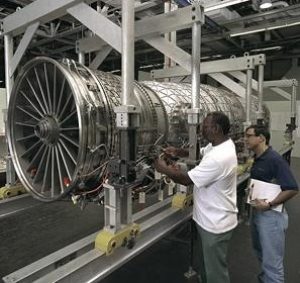
Precipitation hardened stainless steel is much tougher than austenitic steel and is just as resistant to corrosion. Pumps and shafts are made from this type of stainless and it is especially useful in the manufacturing of aircraft parts due to its properties as explained earlier.
Tool Steels
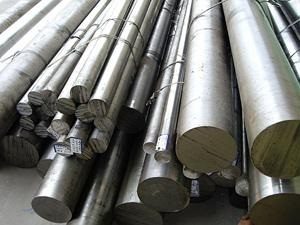
Tool steel is a self-explanatory term for steels especially created for use as tooling. They are steels of higher carbon compared to other low carbon types (such as mild steel) and have other added alloying elements to give resistance to abrasion, added strength and wearability (which provides the ability to hold a cutting edge) and/or their resistance to deformation (deforming) at high temperatures (red-hardness). HSS (high speed steel) is an example of tool steel.
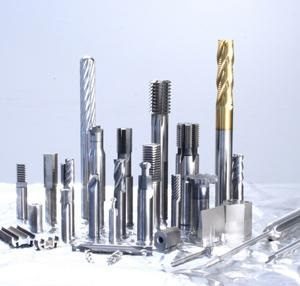
Tool steel has a carbon content of over 1% and contains other alloying elements. Certain grades of tool steel, such as HSS and tungsten carbide steel, are ideal for making cutting tools.
Additional elements also present in tool steel are: manganese, phosphorus, sulphur, silicon, chromium, molybdenum, nickel, copper and traces of oxygen, nitrogen and aluminium. Different grades of tool steels have different elements added in varying percentages by weight.
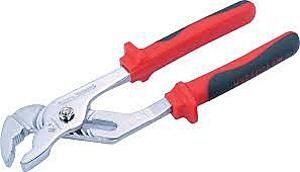
Tool steel is generally used in a heat-treated state. Many high carbon tool steels are also more resistant to corrosion due to their higher ratios of elements such as vanadium, chromium and niobium. This makes it an ideal material for making certain hand tools such as water pump adjustable pliers.

A whole range of hand tools are now made from tool steel alloys. These types of tools are considered high quality and tend to be more expensive to buy but many can last a lifetime.
Titanium steel alloy for example, has a strength equal to that of a low grade steel alloy but weighs 45% less per lb (pound). This makes it ideal for moulding bars and handy bars with regards to tooling. Titanium steel alloys are more expensive to buy than lower grade alloys.
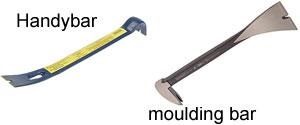
Examples of a moulding bar and handy bar.
Tool steels are used to make cutting tools and hand tools such as as axes, pickaxes, and quarrying implements. In general, they are heat treated to provide hard edges which withstand high temperature and abrasion when in use. The higher carbon grades are typically used for such applications as stamping dies, metal cutting tools, etc.
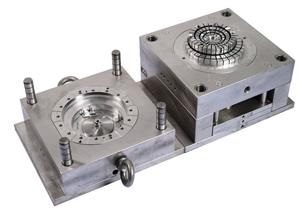
Tool steels are also used for special applications like injection moulding because the resistance to abrasion is an important property for a mould that will be used to produce hundreds of thousands of parts.
Alloy Steels (also known as low alloy steels)

There are a vast array of alloy steels. Over the last 70 years, more and more additions of different types of alloy steels have been designed, produced and specialised to suit certain applications. Alloy steels have so many more varying properties compared to carbon steels.
Additions of elements such as tungsten, vanadium, molybdenum, chromium, solenium etc, give the alloy steel more structure to provide additional hardness, strength, wearability, heat resistance and weldability to name a few.
Low alloy steels are iron-carbon alloys that contain additional alloying elements. These elements can be either metallic or non-metallic and total less than 5% by weight.
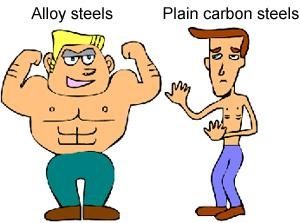
The addition of these elements change the steels’ mechanical properties and make them superior to plain carbon steels in areas such as strength, hardness, hot hardness, wear resistance, toughness and other property combinations that you wouldn’t otherwise get with plain carbon steels.
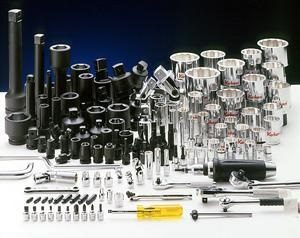
Alloy steels are used in the production of high quality hand tools. They produce strong, tough, durable, hard-wearing tools that have exceptional wearability values compared to other lower grade steels.

For example – spring steel is a low-alloy, medium-carbon steel or a high-carbon steel with a very high yield strength. This allows objects made of spring steel to return to their original shape despite significant bending or twisting. Nickel is the key component in producing spring steel. Applications include piano wire, spring clamps, antennas, and springs. Pry bars are generally made from this material.
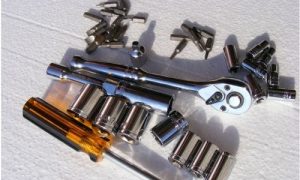
Chrome vanadium is a type of spring steel which is why it is used widely in hand tools such as pry bars, spanners and wrenches etc. The main grade commonly used is ASTM A-231. It consists of carbon (C) 0.5%, chromium (Cr) 0.80 to 1.10%, vanadium (V) 0.18%, manganese (Mn) 0.70 to 0.90%, silicon (Si) 0.30% and traces of sulphur and nitrogen.
Interesting uses for alloy and tool steels

The high carbon and magnesium content in tool, alloy and stainless steels (also containing titanium, tungsten and molybdenum in some grades) means that it can be hardened to produce considerable wear resistance. This allows it to maintain its form when other materials slide against it. This is an important property to have in some applications such as hip replacement steels.
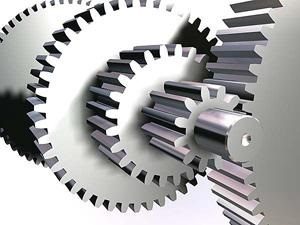
These types/grades of steel are also ideal for gears and cogs which are of industrial size and therefore subjected to extreme forces and high temperatures.






